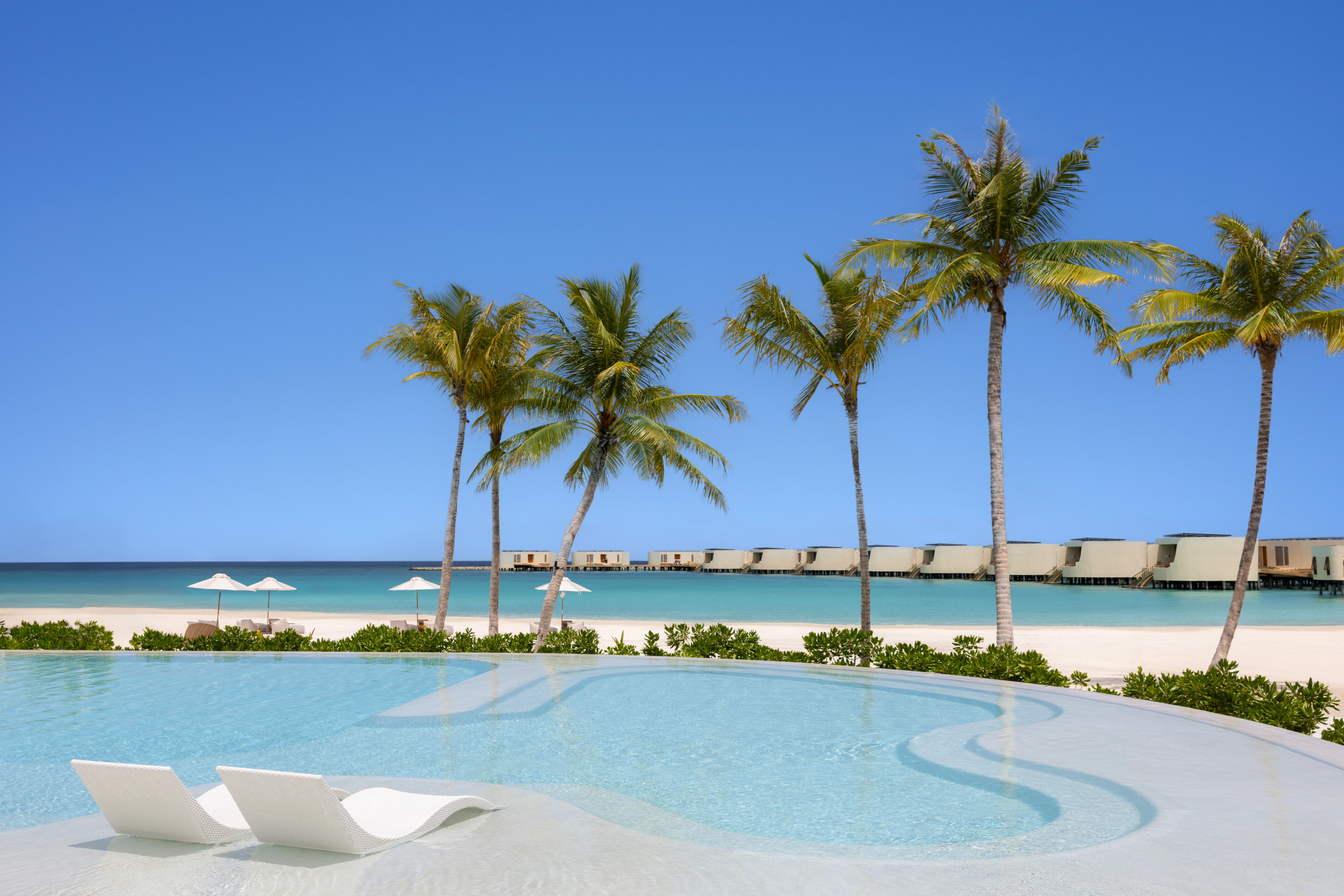 Tokyo bay city view and tokyo rainbow bridge with beautiful fireworks
Tokyo bay city view and tokyo rainbow bridge with beautiful fireworksWith hundreds of hanabi festivals taking place, choosing which ones to visit can be difficult. To help with this, experts at JR Pass have highlighted some of the most popular upcoming festivals and have provided their top tips for visiting a hanabi festival this summer.
Most Popular Hanabi Taikais
Hanabi which translates to flower fire is a symbol of celebration and beauty as well as a beautiful way to honour others.
Atami Fireworks Festival, Shizuoka: Multiple dates in August 2025
Scheduled multiple times throughout the year in Atami City, the Atami Marine hanabi taikai attracts a wide range of visitors throughout the year. The festival dates back to 1952, initially serving as an attempt to lift spirits following a major typhoon and fire in the city, the festival has since become a beloved and integral part of the local community.
Pro Tip: Experience the magic of the fireworks echoing off the surrounding mountains around Atami Bay for an unforgettable sound and light show!
Travel tips: Travelling to the Atami Fireworks festival is fairly easy, especially as there is a train station close by. The festival is easy to get to from Tokyo, and takes around 50 minutes by skinkansen (bullet train) to reach Atami station.
From Osaka or Kyoto, the journey is longer and requires a transfer as there are no direct trains to Atami. The most efficient route is to take the Tokaido Shinkansen to Tokyo or Mishima, then transfer to a local train or shinkansen bound for Atami. Despite the transfers, the route is straightforward and well-signposted.
Lake Suwa Fireworks Festival, Suwa City, Nagano Prefecture: 15th August
With approximately 40,000 fireworks, the Lake Suwa Firework Festival is a must visit in summer, especially as entry is free. With fireworks being launched from the lake, the reflections of lights and sounds are truly magical. Dating back to 1949 the fireworks on Lake Suwa aimed to raise spirits after the Second World War ended and it is now one of the largest firework festivals in Japan.
Pro Tip: Plan ahead for tickets as they can often sell out quickly. For an additional fee you also can buy the premium seating tickets to experience the reflections of the fireworks up close on the water from the river bank.
Travel tips: There are options to travel to the festival by bus or by train. Many tour companies offer transportation to the festival as well as reserved seating which might be beneficial if you prefer organised travel.
To get to the festival by train from Tokyo, Osaka and Kyoto the chuo-line will take you to Kami-Suwa station, which is the nearest to the lake, then a short bus or taxi will take you to the firework display.
Omagari Fireworks Festival, Daisen City, Akita Prefecture: 30th August
Held annually in Daisen City, Akita Prefecture, the Omagari Fireworks Festival is recognised as one of the most prestigious and highest-level fireworks festivals in Japan. The festival hosts a national fireworks competition called the ‘Omagari Hanabi’, where pyrotechnicians from across Japan compete to showcase their artistry and innovation. Held since 1910, the cutting-edge techniques and new technologies on display promise a can’t miss experience.
Pro Tip: Book your reserved seat early to secure the best views of the competition. The displays are spectacular and the crowds large. Arrive before sunset to catch the full atmosphere.
Travel tips: The Omagari Fireworks Festival is located further away from Tokyo, and will take around 3 hours by train from Tokyo to Omagari train station. If you're traveling from Osaka or Kyoto, expect a longer journey; you'll first need to reach Tokyo, then transfer to the Akita Shinkansen to continue on to Omagari.
Katakai Firework Festival, Niigata: 12th and 13th September
Also in the trio of firework festivals of Echigo, the Katakai festival is a tradition where fireworks serve as offerings to the gods at the Asahra Shrine. With 15,000 fireworks in action across the span of two days, and featuring the largest firework in the world, known as the ‘Yonshakudama’, a firework with a burst of 800 meters in diameter, the Katakai festival is not to be missed.
Pro Tip: Arrive early and bring a cushion or ground mat; seating is on open fields, and you won’t want to miss the thunderous Yonshakudama lighting up the sky
Travel tips: To attend the Katakai Firework festival from Tokyo, Osaka and Kyoto it's best to get your train to Nagaoka station via the Joetsu or Tokaido Shinkansen (with a transfer at Tokyo if coming from the west). From Nagaoka, the festival site in Katakai is still a bit of a distance - take a local train or bus to get closer to the venue.
From Nagaoka Station, you can reach Katakai by:
- Local Train: Take the JR Joetsu Line to Ojiya Station (about 25 minutes), then catch a shuttle bus or taxi to the festival grounds in Katakai.
Direct Shuttle Bus (on event days): Special buses run from Nagaoka Station to Katakai during the festival, though they can be crowded. Arrive early and expect some wait time..
Haroun Khan at JR Pass provides expert tips on planning your trip to a hanabi taikai:
- Always plan ahead: “Make sure to double check all the details of your day. Check the ticket sales, the timing of the event and make sure to research any specific attendance tips. Most festivals are easily accessible by public transport but planning your journey and arriving early ensures you can enjoy every moment without stress.”
- Come prepared: “Make sure to research the event you are going to, always know what to expect and set realistic expectations, preparing for the large crowds. Japan’s summers are hot and humid, so come prepared with suitable clothing, sun protection, and plenty of water to stay hydrated. Taking these simple steps will make sure you have a great time and stay comfortable throughout the festival.”
- Use public transport: “When it's possible it's a great option to use public transport. This will help you avoid any traffic during this busy time and you can have a stress-free journey and begin the festival celebrations earlier.”
- Embrace and respect the culture: “Take time to learn about culture and history behind each festival - and don’t be shy to join in! Wearing traditional summer attire like a yukata will not only keep you cooler but will also be a nod to Japanese culture. Always make sure you are considerate of others when visiting a hanabi taikai, make sure to always clean up and follow local etiquette. Trying the local delicacies is also a must! Japanese festivals are a great place to celebrate Japanese cuisines such as takoyaki (octopus), yakitori (grilled chicken) or kakigori (shaved ice) which is perfect to enjoy in the summer.”




















